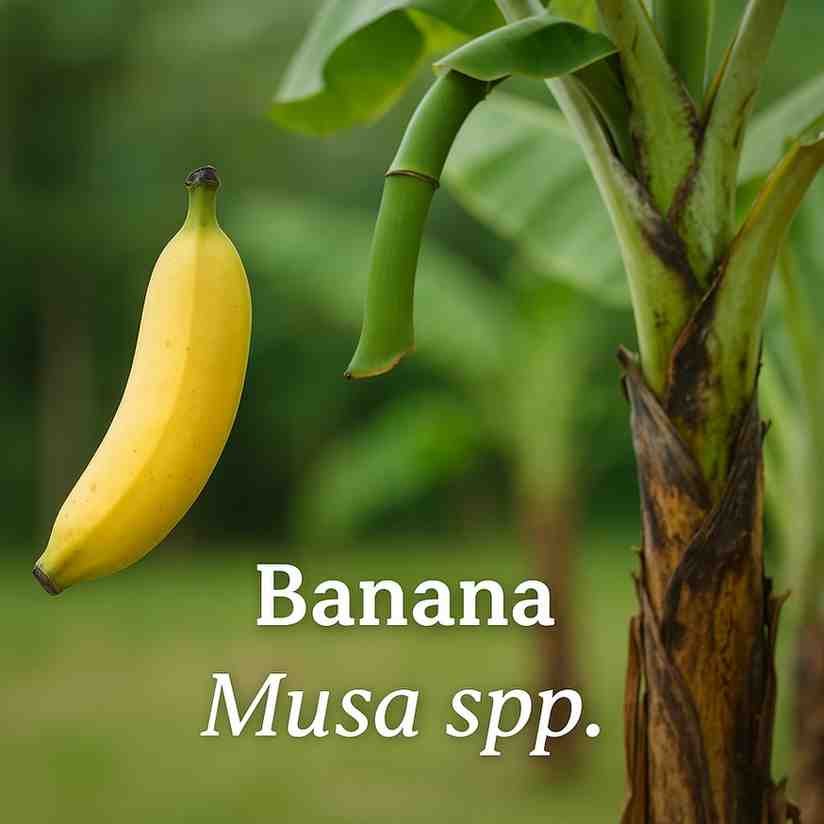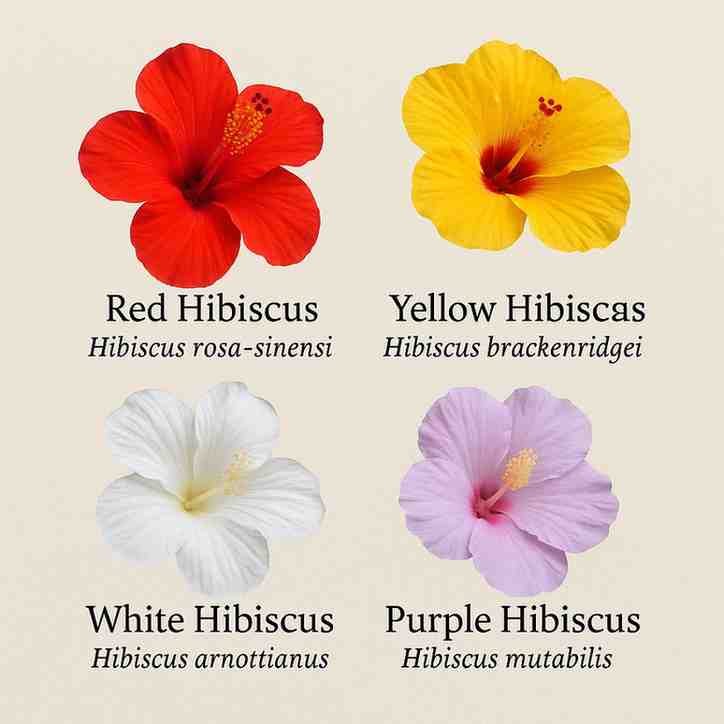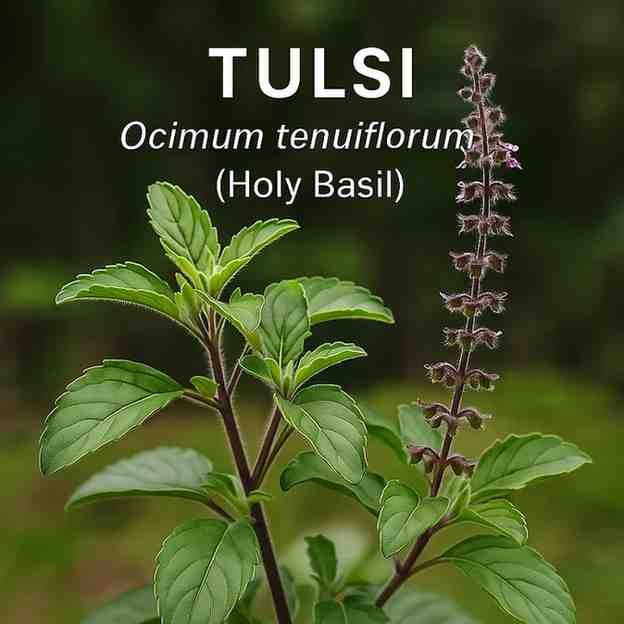What is the scientific name for a banana? The banana scientific name is Musa (Genus).
Commercially, the banana is a large group that includes several popular varieties such as Musa acuminata and Musa balbisiana. This multi-functional plant is commonly known as the banana tree, as it is cultivated primarily for its sweet fruits, medicinal flowers, and eco-friendly leaves.
Knowing the banana scientific name and Latin names meaning from A to Z completes the profile of this plant, including its types or varieties, benefits, uses, flowers, and leaves—all of which explain why it is one of the most economically important crops grown worldwide.
Table of Contents
What is the Scientific Name of Banana?
The Latin name for banana is Musa spp. This is a generic term referring to all banana species. The most common edible banana types are:
- Musa acuminata: sweet, seedless bananas
- Musa balbisiana: wild and hybrid bananas (used for cooking or plantains)
Meaning Behind the Banana Scientific Name?
- Musa: Genus of banana
- acuminata: Meaning “pointed,” refers to the shape of the fruit
- balbisiana: Named in honor of botanist Giovanni Balbis
Banana Scientific Name Pronunciation
| Scientific Name | Pronunciation (IPA) | Pronunciation (English) |
|---|---|---|
| Musa spp. | /ˈmjuː.sə ˌɛsˌpiːˈpiː/ | MYOO-suh ess-pee-pee |
| Musa acuminata | /ˈmjuː.sə əˌkjuː.mɪˈneɪ.tə/ | MYOO-suh uh-KYOO-mi-NAY-tuh |
| Musa balbisiana | /ˈmjuː.sə ˌbæl.bɪ.siˈɑː.nə/ | MYOO-suh BAL-bi-see-AH-nuh |
Botanical Classification of Banana
| Taxonomic Rank | Classification |
|---|---|
| Kingdom | Plantae (Plants) |
| Subkingdom | Viridiplantae (Green plants) |
| Infrakingdom | Streptophyta |
| Superdivision | Embryophyta (Land plants) |
| Division | Tracheophyta (Vascular plants) |
| Subdivision | Spermatophytina (Seed plants) |
| Class | Liliopsida (Monocots) |
| Order | Zingiberales |
| Family | Musaceae (Banana family) |
| Genus | Musa |
| Species | Musa acuminata / Musa balbisiana |
Banana Tree Scientific Name and Growth
It is a huge herb, although called banana tree.
Is Banana a Tree or Herb?
- It is herbaceous, and it does not grow as a tree.
- Banana has a pseudostem (false stem) with rolled leaf sheaths.
The Banana Tree’s Size and Structure
- Height: 10-25 ft
- Stem: Pseudostem (no woody trunk)
- Leaves: Up to 10 feet long and 2 feet wide
- Fruit Cycle: one stem = one bunch of bananas
Banana trees proliferate and fruit in 9-12 months with normal growth conditions in the tropics.
Types of Banana: Musa Species
There are more than 1,000 varieties of bananas globally, but here are the major types:
| Type | Scientific Name | Common Use |
|---|---|---|
| Cavendish Banana | Musa acuminata | Raw eating, global export |
| Plantain | Musa balbisiana | Cooking, frying |
| Red Banana | Musa acuminata | Rich in antioxidants |
| Lady Finger Banana | Musa acuminata | Small and sweet |
| Blue Java Banana | Hybrid (Musa spp.) | “Ice Cream Banana” |
| Apple Banana | Hybrid | Tangy flavor |
These types highlight the diversity under the scientific name of banana.
Where Are Bananas Grown?
Bananas are native to Southeast Asia, but are now grown worldwide.
Major Banana Producing Countries:
- India (largest producer)
- China
- Indonesia
- Philippines
- Brazil
- Ecuador
- Colombia
- Bangladesh
- Pakistan
- Mexico
The banana tree thrives in tropical and subtropical climates, with high rainfall and warm temperatures.
Uses of Banana: Fruit, Leaves, Flower, and More

Culinary Uses of Banana:
- Eating raw as fruit
- Smoothies, cakes, pancakes, and desserts
- Banana flour-gluten-free
- Plantains-crunchy, boiled, and curried.
Uses Related to Everyday Life:
- Rope and textile using banana fiber.
- Things are made with Ayurvedic juice and banana stem.
- Banana leaves are used for wrapping food and as eco-friendly plates.
- Herbal treatment and recipe with banana flowers.
Health Benefits of Banana
Bananas offer numerous health benefits due to their high nutritional profile.
NUTRIENTS IN BANANA (Per 100g):
- Potassium: 358 mg
- Magnesium: 27 mg
- Fibre: 2.6 g
- Vitamin C: 8.7 mg
- Vitamin B6: 0.4 mg
- Calories: 89 kcal
Key Health Benefits
- Control of blood pressure
- Enhancement of heart function
- Boost of energy and metabolism
- Facilitation of digestive function
- Help in muscle recovery and cramps
- Promote muscle recovery and cramps
- Weight control
- Has an Antidepressant effect through tryptophan
Banana Leaves: Structure, Size, and Cultural Use
Banana leaves are large, flexible, and water-resistant.
Size of Banana Leaves
- Length: 6 to 10 feet
- Width: 1.5 to 2 feet
Common uses:
- Food wrapping in India, Thailand, Indonesia
- Natural serving plate
- Decorations and rituals in religious events
- Used in steaming dishes like tamales or fish
Banana Flower: Nutrition, Taste, and Usage
Otherwise known as banana blossom. This is the part that grows underneath the banana bunch.
Features of Banana Flower
- Colored: Purple to Dark Maroon
- Shape: Teardrop
- Consumable Parts: Inner and Outer Blossoms
Health Benefits
- Iron-rich: It provides nutritional help to anemic patients
- Brings about menstrual regularity
- Aids breast-feeding mothers in milk secretion
- Effective in the management of diabetes
- Consists of antioxidant and antimicrobial properties
Musa acuminata vs Musa balbisiana
| Feature | Musa acuminata | Musa balbisiana |
|---|---|---|
| Taste | Sweet | Starchy, less sweet |
| Seeds | Seedless | May contain seeds |
| Common Use | Eaten raw | Cooking (plantain) |
| Water Need | Moderate | High |
Common Names of Banana in Different Languages
Banana is a popular tropical fruit known by various names around the world. Below is a multilingual list of how “banana” is called in different languages, useful for learners, researchers, and global readers.
| Language | Name |
|---|---|
| English | Banana |
| Urdu | کیلا (Kela) |
| Hindi | केला (Kela) |
| Tamil | வாழைப்பழம் (Vāḻaippaḻam) |
| Arabic | موز (Mawz) |
| Malay | Pisang |
| Chinese | 香蕉 (Xiāngjiāo) |
| Bengali | কলা (Kola) |
| Telugu | అరటి పండు (Araṭi Pandu) |
| Kannada | ಬಾಳೆಹಣ್ಣು (Bāḷehannu) |
| Punjabi | ਕੇਲਾ (Kela) |
| Gujarati | કેળું (Kēḷuṁ) |
| Marathi | केळं (Kēḷaṁ) |
| Malayalam | വാഴപ്പഴം (Vāḻappaḻaṁ) |
| French | Banane |
| Spanish | Plátano / Banana |
| German | Banane |
| Portuguese | Banana |
| Swahili | Ndizi |
| Filipino | Saging |
Final Words
Musa spp, or banana, is not only a fruit but equally significant as an essential food, medicine, and cultural plant. Every part of the banana plant-from the leaves, flower, tree-like structure, and health benefits to its botanical name and origin-has its unique values.
Also Read:
- Mango Scientific Name: Uses, Benefits, Types, and its Plant
- Apple Tree Scientific Name, Genus, Types, Uses, and Benefits
- Tomato Scientific Name, Types, Uses, Benefits, and Plant
- Scientific Names of Vegetables: Cruciferous, Leafy, and Root List
Frequently Asked Questions
What is the botanical name of banana?
The botanical name of banana is Musa spp., mainly Musa acuminata and Musa balbisiana.
What is the banana tree biological name?
It is commonly called a banana tree, but botanically it’s a herb with scientific name Musa acuminata.
Is banana a fruit or a herb?
The banana plant is an herbaceous plant, and the banana is technically a berry.
What is the Latin name for banana?
The Latin name is Musa, honoring a Roman physician.
What is banana flower used for?
Used in cooking and traditional medicine for diabetes, anemia, and menstrual regulation.


Thank you for sharing excellent informations. Your website is very cool. I’m impressed by the details that you have on this blog. It reveals how nicely you understand this subject. Bookmarked this web page, will come back for more articles. You, my friend, ROCK! I found just the information I already searched everywhere and simply couldn’t come across. What a perfect web site.
If you want to increase your experience just keep visiting this site and be updated with the most up-to-date news update posted here.
What a information of un-ambiguity and preserveness of valuable familiarity on the topic of unexpected feelings.
Good write-up. I certainly appreciate this website. Keep it up!
Hi there to every one, since I am really eager of reading this blog’s post to be updated on a regular basis.